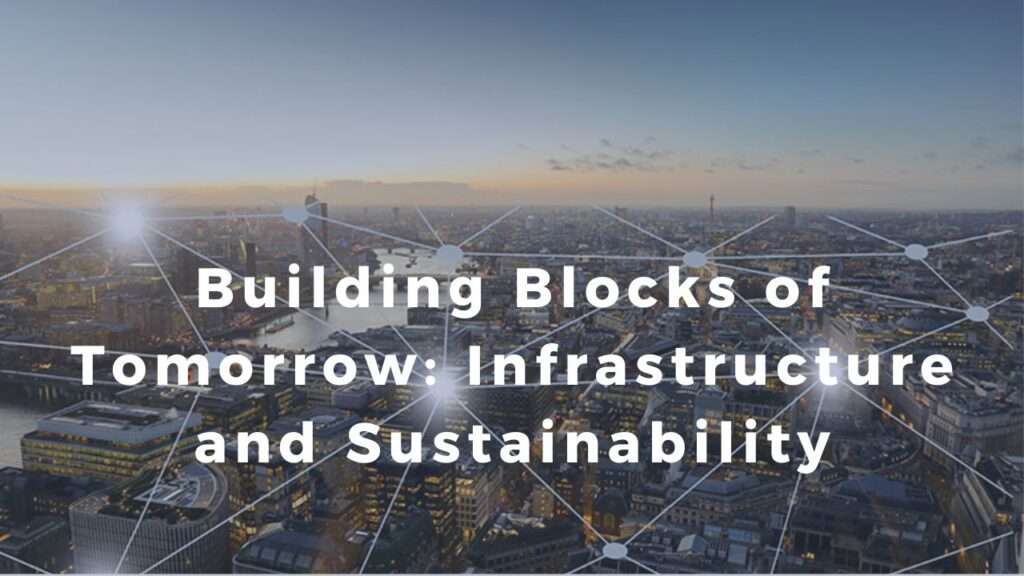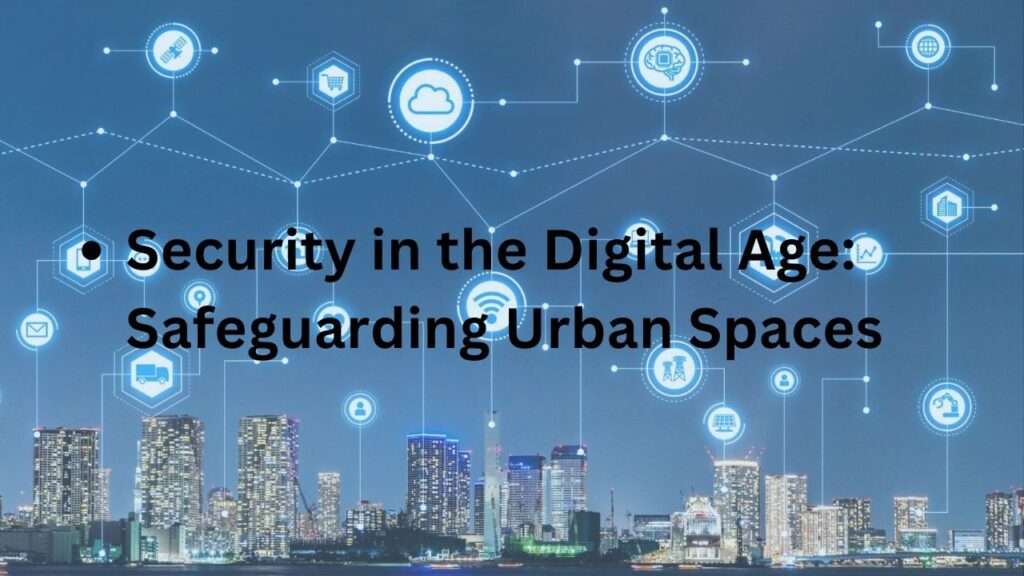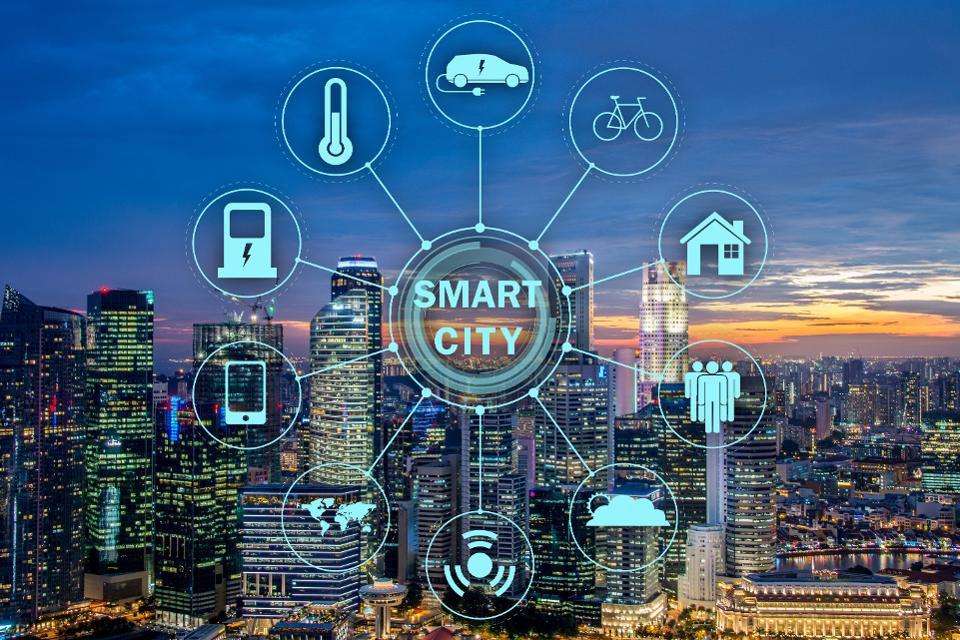Table of Contents
Introduction: Embracing Innovation in Urban Living
Welcome, fellow urban adventurers! Today, we embark on a journey through the dazzling landscape of Smart Cities. Picture a bustling metropolis where technology intertwines seamlessly with daily life, revolutionizing how we work, play, and thrive. From intelligent infrastructure to data-driven governance, Smart Cities embody the pinnacle of human ingenuity, offering boundless opportunities for growth and sustainability.
Unveiling the Essence of Smart Cities

At the heart of every Smart City lies a dynamic ecosystem of interconnected systems, all working harmoniously to enhance the urban experience. Imagine strolling down streets lined with sensor-equipped lampposts that adjust brightness based on foot traffic, or hopping aboard eco-friendly public transport guided by real-time route optimization algorithms. These are just glimpses of the myriad innovations that define the essence of Smart Cities.
Navigating the Digital Terrain: Connectivity and Communication
In the digital age of smart cities, connectivity is king, and Smart Cities reign supreme. Through robust networks of sensors, IoT devices, and high-speed internet, urban dwellers are seamlessly integrated into a web of communication that transcends physical boundaries. Whether it’s monitoring air quality, managing traffic flow, or delivering essential services, the power of connectivity of Smart Cities transforms cities into vibrant hubs of efficiency and collaboration.
Building Blocks of Tomorrow: Infrastructure and Sustainability

A cornerstone of Smart Cities is their commitment to sustainable infrastructure that meets the needs of the present without compromising the future. Green buildings adorned with solar panels harness renewable energy, while Smart Cities grids optimize power distribution, reducing waste and emissions. By embracing eco-conscious practices, Smart Cities pave the way towards a more resilient and environmentally friendly urban landscape.
Harnessing the Power of Data: Insights for Better Living
In the digital realm of Smart Cities, data reigns supreme, offering invaluable insights into urban dynamics and citizen behavior. Through advanced analytics and machine learning algorithms ,smart cities planners gain a deeper understanding of patterns and trends, enabling informed decision-making and proactive problem-solving. From predicting traffic congestion to optimizing waste management, data-driven strategies empower cities to adapt and thrive in a rapidly changing world.
Empowering Citizens: Inclusivity and Accessibility
At the heart of every Smart Cities initiative lies a commitment to inclusivity and accessibility, ensuring that technological advancements benefit all members of society. From digital literacy programs to accessible public spaces, Smart Cities strive to bridge the digital divide and foster a sense of community empowerment. By putting people first, these cities pave the way for a more equitable and inclusive future for all.
Security in the Digital Age: Safeguarding Urban Spaces

In an era of interconnectedness, cybersecurity takes center stage as Smart Cities navigate the complexities of safeguarding digital infrastructure and sensitive data. Robust encryption protocols, threat detection systems, and proactive risk management strategies are essential safeguards against cyber threats and privacy breaches. By prioritizing cybersecurity, Smart Cities ensure the trust and confidence of their citizens in the digital realm.
Cultivating Innovation: The Entrepreneurial Spirit of Smart Cities
Smart Cities serve as incubators for innovation, nurturing a thriving ecosystem of startups, tech hubs, and collaborative spaces where ideas flourish and dreams take flight. From smart incubators to innovation districts, these cities provide fertile ground for entrepreneurs to turn visionary concepts into tangible solutions that shape the future of urban living. By fostering a culture of creativity and entrepreneurship, Smart Cities spark the flames of innovation that illuminate the path forward.
Conclusion: Embracing the Journey Ahead
As we conclude our exploration of Smart Cities, we are left inspired by the endless possibilities that lie on the horizon. From sustainable infrastructure to data-driven governance, these cities embody the relentless spirit of human progress, offering a glimpse into a future where innovation and sustainability converge to create vibrant, inclusive communities. So, let us embrace the journey ahead with open hearts and curious minds, for the road to tomorrow is paved with the promise of Smart Cities.
Also read:https://en.wikipedia.org/wiki/Smart_city
Frequently Asked Questions (FAQs) About Smart Cities
1. What are the 22 smart cities?
The 22 smart cities refer to the 22 cities selected under the Smart Cities Mission, an initiative by the Government of India aimed at developing urban areas with modern amenities and sustainable infrastructure. Some of the cities included in this list are Pune, Jaipur, Bhubaneswar, Surat, Kochi, and Bengaluru, among others. These cities were chosen based on a competitive selection process and are receiving funding and support to implement smart solutions for urban development.
2. What is the concept of smart cities?
The concept of smart cities revolves around using technology and data-driven approaches to improve the quality of life, sustainability, and efficiency of urban areas. Smart cities leverage innovations such as Internet of Things (IoT), artificial intelligence (AI), and big data analytics to optimize various aspects of urban living, including transportation, energy, waste management, public safety, and governance. The goal is to create cities that are more livable, resilient, and responsive to the needs of their residents.
3. How do you write a smart cities?
Writing a smart cities involves careful planning, collaboration, and integration of technology-driven solutions. Here are some steps to write a smart city:
- Conduct a comprehensive assessment of existing infrastructure, challenges, and opportunities.
- Engage stakeholders, including government agencies, businesses, academia, and citizens, to gather insights and prioritize needs.
- Develop a holistic vision and strategy for the smart city, incorporating goals related to sustainability, inclusivity, and economic growth.
- Identify specific areas for improvement and select appropriate technologies and solutions to address them.
- Implement pilot projects and initiatives to test and refine smart city solutions.
- Continuously monitor and evaluate progress, adjusting strategies as needed based on feedback and data analysis.
4. What are some examples of smart cities?
Several cities around the world have embraced the concept of smart cities and are implementing innovative solutions to enhance urban living. Some notable examples include:
- Singapore: Known for its advanced urban planning and use of technology to improve transportation, public safety, and sustainability.
- Barcelona, Spain: Recognized for its smart mobility initiatives, including smart parking systems, electric vehicle infrastructure, and pedestrian-friendly urban design.
- Copenhagen, Denmark: Renowned for its focus on sustainability and renewable energy, with initiatives such as bike-sharing programs, green spaces, and climate-resilient infrastructure.
- Songdo, South Korea: A planned smart city designed with cutting-edge technology integrated into every aspect of urban life, from energy-efficient buildings to smart grids and digital healthcare systems.
These examples showcase the diverse approaches and innovations shaping the future of urban development in smart cities worldwide.
5. What are the key components of a smart city?
Smart cities typically incorporate various key components, including smart infrastructure (such as transportation and utilities), digital connectivity, data analytics platforms, citizen engagement tools, and sustainable initiatives (such as renewable energy and waste management). These components work together to optimize urban operations, enhance quality of life, and promote economic development.
6. How do smart cities improve transportation?
Smart cities employ various transportation solutions to improve mobility and reduce congestion. This includes intelligent traffic management systems, real-time public transit tracking, bike-sharing programs, carpooling apps, and smart parking systems. By providing efficient and sustainable transportation options, smart cities aim to enhance accessibility and reduce reliance on private vehicles.
7. What role does technology play in enhancing safety and security in smart cities?
Technology plays a crucial role in enhancing safety and security in smart cities through the deployment of surveillance cameras, smart street lighting, emergency response systems, and predictive analytics for crime prevention. Additionally, citizen reporting apps and community engagement platforms enable residents to contribute to public safety efforts, fostering a collaborative approach to urban security.
8. How do smart cities promote sustainability and environmental conservation?
Smart cities promote sustainability and environmental conservation through initiatives such as energy-efficient buildings, renewable energy integration (such as solar panels and wind turbines), smart grids for optimized energy distribution, water conservation measures, waste recycling programs, and green spaces planning. By prioritizing sustainability, smart cities aim to reduce carbon emissions, mitigate climate change impacts, and create healthier living environments for residents.
9. What are the challenges associated with implementing smart city projects?
Implementing smart city projects may face challenges such as high initial investment costs, interoperability issues between different technologies and systems, data privacy concerns, cybersecurity risks, regulatory barriers, and ensuring inclusivity and equitable access to smart city solutions. Overcoming these challenges requires collaboration among stakeholders, robust planning, and continuous evaluation and adaptation of strategies.
10. How can citizens actively participate in shaping the development of smart cities?
Citizen participation is essential for the success of smart cities initiatives. Citizens can actively participate by providing feedback through community forums, participating in public consultations, utilizing citizen engagement apps to report issues and suggest improvements, volunteering for pilot projects, and advocating for policies that prioritize inclusivity, transparency, and sustainability in urban development. By actively involving citizens, smart cities can ensure that initiatives reflect the needs and aspirations of the communities they serve






